(First upload on April 11 2003. Last on September 17 2020) [ 日本語 | English ]
Mount Usu / Sarobetsu post-mined peatland
From left: Crater basin in 1986 and 2006. Cottongrass / Daylily
HOME > Plant list (植物リスト) > Asteraceae (キク科) > Senecio cannabifolius
Senecio L. (キオン)Hangonsou (ハンゴンソウ, 反魂草), Aleutian ragwortLifeform: tall perennial forb, often becoming 2 m high Distribution: Sakhalin, Hokkaido, Honshu (above central Honshu), Korean Peninsula, China, eastern Siberia, Kamchatka Habitat: forest floor
→ Flora on Mount Usu |
Palatability: high for deer (on Nakajima Island) Synonyms: Jacobaea cannabifolia (Less.) E. Wiebe f. integrifolius (Koidz.) Kitag. (ヒトツバハンゴンソウ)Note that Oh-hangonsou (オオハンゴンソウ) is Rudbeckia laciniata L. It is a totally different species. |
|
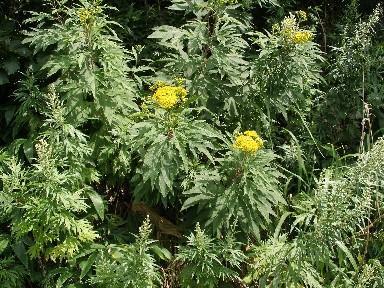 1
1
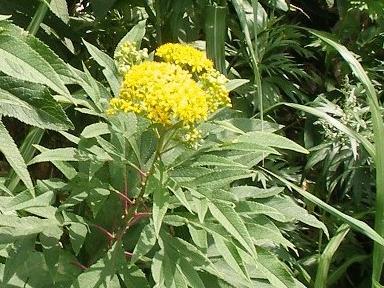 2
2
 3
3
 4
4
 5
5
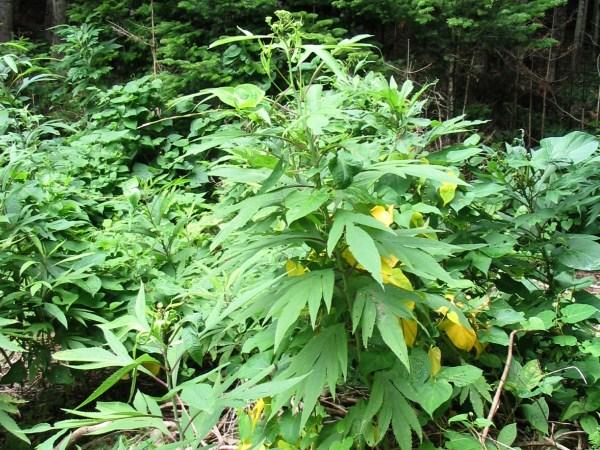 6
6
 7
7
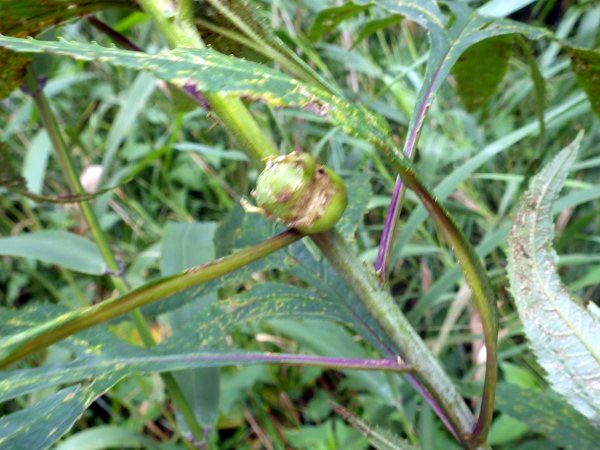 8
8
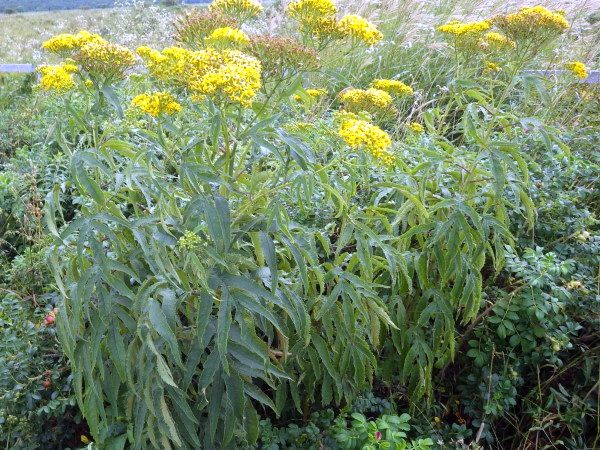 9
9
[1/2] near (the former) Muroran Marine Station, Hokkaido University, on August 20 2007. [3/4] in Tomakomai Experimental Forest, Hokkaido University, on September 10 2009. [5] in the crater basion of Mount Usu on July 26 2017. [6] on Nakajima Island located in the center of Lake Toya on July 21 2005. The population was decreased greatly by over-grazing of ezo-deer (Tsuyuzaki & Takahashi 2007). [7/8] along a walkboard near Sarobetsu Visitor Center, northern Hokkaido, on August 21 2019. [8] often developing insect gall by gall midge. [9] on Koshimizu Natural Flower Garden, eastern Hokkaido, on August 30 2020. Records: on the northwest slope of Mount O-Usu, which is the highest peak on Mount Usu, in 1983. The plants suvived in the former topsoil and reproduced vegetatively soon after the 1977-1978 eruptions. In Shibetsu wetland, eastern Hokkaido, on Augsut 28 2020.